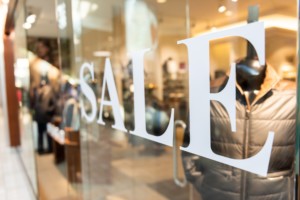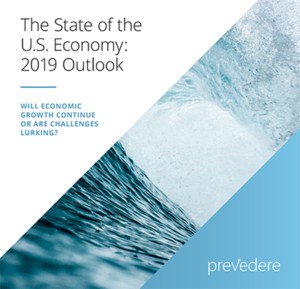Last Updated: July 14, 2024
There is an important discussion to have regarding critical CPG trends for 2019 that manufacturers can not afford to miss. Manufacturers of consumer packaged goods (CPG) have been benefiting from the tailwinds created by low gas prices and low national unemployment rates (which dipped as low as 3.7% for several months in 2018). For much of 2018, these two factors buoyed the CPG industry. For example, in the U.S., online CPG sales grew 35.4% last year to $58.6 billion, which represents 11% of the total market.
As 2019 is now well underway, what CPG trends should companies watch to help them remain ahead of what may be an eventual downturn in these factors?
3 CPG Trends Companies Can Not Afford to Ignore
CPG Trend 1: Many economists see the job market as the most critical factor in determining the year to come for both CPGs and retailers. The U.S. gained 304,000 new jobs in January which was the biggest increase in almost a year. This can be indicative of strength in an economy that appears to be growing well. Typically, in times of low unemployment as in the current economy, wages go up. After years of slow or stagnant wage growth, wages have been rising. However, they are not outpacing inflation in the long run.
This year, inflation-adjusted wage growth will be important to watch, posing a significant challenge to the overall economy as manufacturing slows.

CPG Trend 2: As online sales continue to grow for CPGs, the future is digital. In 2018, online sales made up 64% of the total growth in all U.S. CPG sales. CPG manufacturers are investing in technology to help drive interest and convert it into sales at their partner retailers. While the opportunity is there and the market is vast, merchants vie to stand out in a competitive marketplace. CPG brands that can make online shopping convenient for consumers will win. Those using strategies that make it easier for shoppers to purchase items, such as allowing them to buy with fewer clicks, will earn the buyer’s business.
For some, partnering with retailers that offer an omnichannel experience including the opportunity to shop in a brick and mortar store, shop online, and buy via click and collect, can have a major impact.
CPG Trend 3: With consumers potentially distracted by their finances and other issues affecting purchasing behavior, CPGs need to be agile to grab mindshare. This could potentially include changing up business models, such as supporting retail with ancillary services, subscriptions and memberships.
Deloitte says the next 12 to 18 months will be a time of transition and uncertainty for retailers. “Those who can synchronize their investments to profitably empower the consumer will likely find themselves on the right side of the tipping point,” according to Deloitte’s 2019 Retail Outlook, which was emailed to Retail Dive.
CPG Trends and Insight to Stay Ahead
While the future remains uncertain, the good news is that CPG brands can take steps now to review how they performed in past situations when the economy neared the peak of the business cycle. An analysis of past events typically yields useful insights that can be applied to prepare for various eventualities, including the scenarios listed in our State of the Economy report.
CPG executives should avoid using a banner year like 2018 as a model to justify perilous practices to minimize the risk of over-leveraging their companies in the event of a serious economic slowdown or recession. Instead, they can be prepared by using Prevedere’s Prevedere (External Real-time Insights) Indicators to develop a predictive model that will empower them to face the future, whatever it may hold.
Prevedere Indicators include millions of high-quality time series data sets that are ideal for predictive analytics, big data analytics and BI reporting. Prevedere’s data and indicators are clean, comprehensive, and continuously updated, proven by their use in thousands of predictive models across a range of industries.
